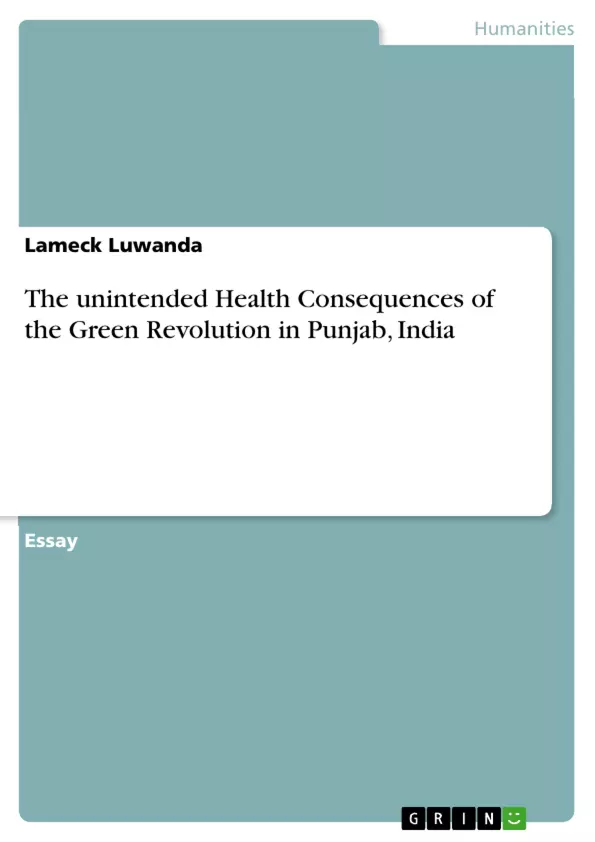Poverty eradication programmes are designed to improve people’s lives; meaning that all components of human life, for example economic, spiritual, psychological and mental, physical, and health should be improved. The name PEP is sometimes used interchangeably with poverty alleviation programmes, and they include long-term series of actions arising from a country’s policy and might be influenced by other developed countries or international organizations with goals of eradicating poverty.
According to Saha, India has gone through three phases in an attempt to alleviate and eradicate poverty. These phases are the land redistribution of 1950-1960; period of addressing poverty and measures for rural areas and creation of employment opportunities and distribution of renewable assets at the end of the 1960s; and finally the phase of actions to accelerate economic growth and to build a conducive environment for spreading effect in the 1990s.
In the second phase of PEP in India, there was a substantial rise in crop production achieved through the use of artificial chemical fertilizers, pesticides, modernized irrigation systems, mechanical pumps and high-yield crop varieties obtained from hybridization. It was the period when the green revolution was born in India. Adoption of new green technologies was necessary to ensure food production for the growing population and avoid famine.
However, Indians had their type of agriculture which respected the ecosystem for the survival of all living beings. Food security was the primary concern, but there were also external forces from the western world, especially the United States of America. Some scientists found that the western world wanted to control India by fighting communism and make money from the green revolution by selling the necessary inputs like fertilizers, pesticides, and machinery.
Table of Contents
- Introduction
- Punjab, the first state to adopt green revolution technologies.
- Green revolution and economic stress: A factor for an alarming increase in suicide rates in Punjab.
- Malnutrition in Punjab in the era of the Green Revolution.
- Cancer outbreak.
- A rise of children born with mental retardation, malformation, autism and neonatal mortality.
- Increase in the number of death due to pesticide poisoning.
- Can groundwater depletion pose a health threat in the future?
- The green revolution and Global warming.
Objectives and Key Themes
This essay examines the unintended health consequences of the Green Revolution in Punjab, India. It aims to demonstrate how the adoption of new agricultural technologies, while contributing to food security, has also created a range of health challenges for the state's population.
- The impact of the Green Revolution on mental health and suicide rates among farmers.
- The role of the Green Revolution in malnutrition and the prevalence of micronutrient deficiencies.
- The link between the Green Revolution and the rise of cancer rates, particularly in rural communities.
- The negative effects of the Green Revolution on child health, including mental retardation, malformations, and neonatal mortality.
- The relationship between the Green Revolution and environmental degradation, including water depletion, deforestation, and global warming.
Chapter Summaries
The essay begins by outlining the three phases of poverty eradication programs in India and the context of the Green Revolution's emergence as a solution to food insecurity. It then focuses on Punjab, the first state to adopt these new technologies. The essay explores the state's rapid population growth, economic development, and agricultural progress, highlighting the link between the Green Revolution and the increased use of chemical fertilizers, pesticides, and high-yield varieties.
The following chapters explore the unintended health consequences of the Green Revolution. The chapter on suicide rates examines the economic stress placed on farmers due to indebtedness and market fluctuations, linking these factors to a rise in suicide among farmers.
The chapter on malnutrition investigates the shift from diversified agriculture to monoculture, the resulting nutritional deficiencies in the population, and the prevalence of obesity due to increased calorie intake. The chapter on cancer outbreak discusses the role of heavy metals in water, indiscriminate pesticide use, and the rising incidence of cancer in Punjab. The chapter on child health explores the potential link between exposure to toxic metals and an increase in children born with mental retardation, malformations, autism, and neonatal mortality.
The chapter on pesticide poisoning highlights the dangers faced by farmers during pesticide spraying, emphasizing the responsibility of companies producing agricultural products to ensure safe practices and the importance of adequate warning labels. The chapter on water depletion analyzes the challenges posed by groundwater overuse, waterlogging, and salinity, and its potential impact on the resurgence of water-washed diseases.
Finally, the chapter on global warming explores the relationship between deforestation for agricultural expansion and increased carbon dioxide levels, highlighting the contribution of the Green Revolution to climate change and its consequences. The essay concludes by emphasizing the need for policymakers to consider the long-term health implications of agricultural technologies and to base decisions on scientific evidence.
Keywords
The main keywords and focus topics of this essay include the Green Revolution, Punjab, India, health consequences, suicide, malnutrition, cancer, pesticide poisoning, environmental degradation, water depletion, global warming, agricultural technologies, and policy implications.
- Quote paper
- Lameck Luwanda (Author), 2018, The unintended Health Consequences of the Green Revolution in Punjab, India, Munich, GRIN Verlag, https://www.grin.com/document/432637



